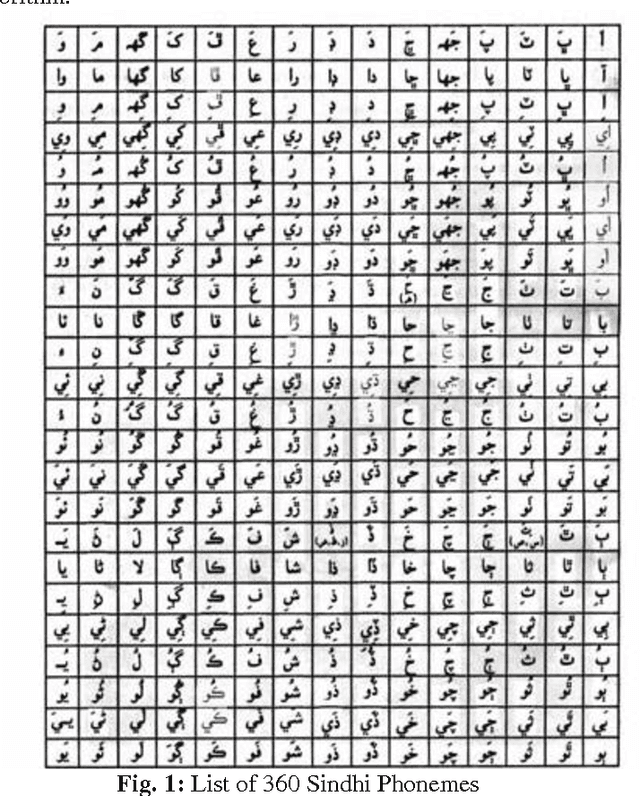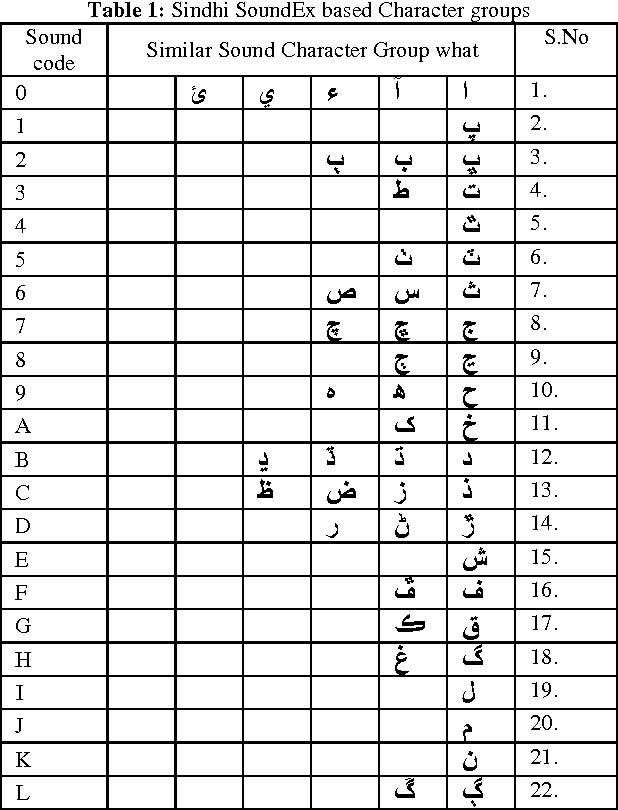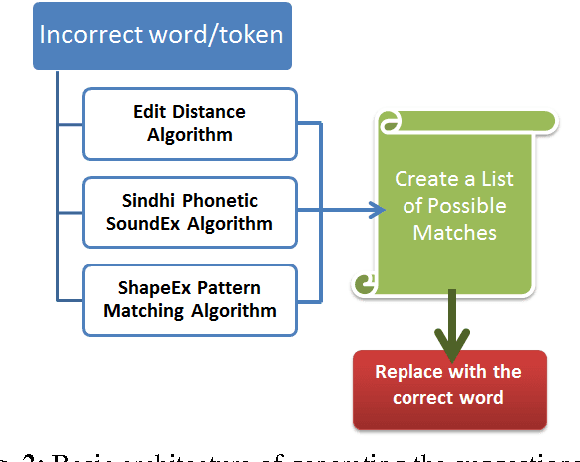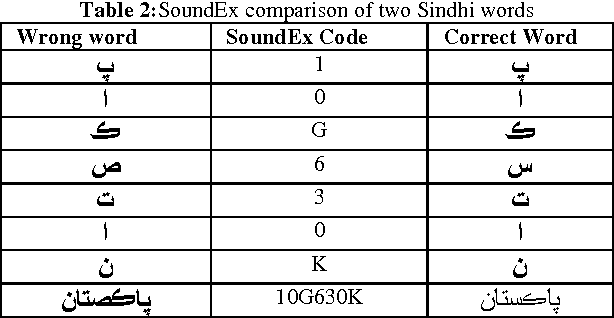Dil Nawaz Hakro
An Improved Positioning Accuracy Method of a Robot Based on Particle Filter
Oct 27, 2021Abstract:This paper aims to improve the performance and positioning accuracy of a robot by using the particle filter method. The laser range information is a wireless navigation system mainly used to measure, position, and control autonomous robots. Its localization is more flexible to control than wired guidance systems. However, the navigation through the laser range finder occurs with a large positioning error while it moves or turns fast. For solving this problem, the paper proposes a method to improve the positioning accuracy of a robot in an indoor environment by using a particle filter with robust characteristics in a nonlinear or non-Gaussian system. In this experiment, a robot is equipped with a laser range finder, two encoders, and a gyro for navigation to verify the positioning accuracy and performance. The positioning accuracy and performance could improve by approximately 85.5% in this proposed method.
A Study of Sindhi Related and Arabic Script Adapted languages Recognition
Dec 13, 2014



Abstract:A large number of publications are available for the Optical Character Recognition (OCR). Significant researches, as well as articles are present for the Latin, Chinese and Japanese scripts. Arabic script is also one of mature script from OCR perspective. The adaptive languages which share Arabic script or its extended characters; still lacking the OCRs for their language. In this paper we present the efforts of researchers on Arabic and its related and adapted languages. This survey is organized in different sections, in which introduction is followed by properties of Sindhi Language. OCR process techniques and methods used by various researchers are presented. The last section is dedicated for future work and conclusion is also discussed.
* 11 pages, 8 Figures, Sindh Univ. Res. Jour. (Sci. Ser.)
Phonetic based SoundEx & ShapeEx algorithm for Sindhi Spell Checker System
May 13, 2014



Abstract:This paper presents a novel combinational phonetic algorithm for Sindhi Language, to be used in developing Sindhi Spell Checker which has yet not been developed prior to this work. The compound textual forms and glyphs of Sindhi language presents a substantial challenge for developing Sindhi spell checker system and generating similar suggestion list for misspelled words. In order to implement such a system, phonetic based Sindhi language rules and patterns must be considered into account for increasing the accuracy and efficiency. The proposed system is developed with a blend between Phonetic based SoundEx algorithm and ShapeEx algorithm for pattern or glyph matching, generating accurate and efficient suggestion list for incorrect or misspelled Sindhi words. A table of phonetically similar sounding Sindhi characters for SoundEx algorithm is also generated along with another table containing similar glyph or shape based character groups for ShapeEx algorithm. Both these are first ever attempt of any such type of categorization and representation for Sindhi Language.
* 9 pages, 6 figures, 5 Tables, Sindhi Computing, Sindhi Language
 Add to Chrome
Add to Chrome Add to Firefox
Add to Firefox Add to Edge
Add to Edge